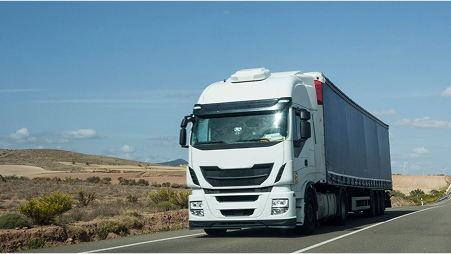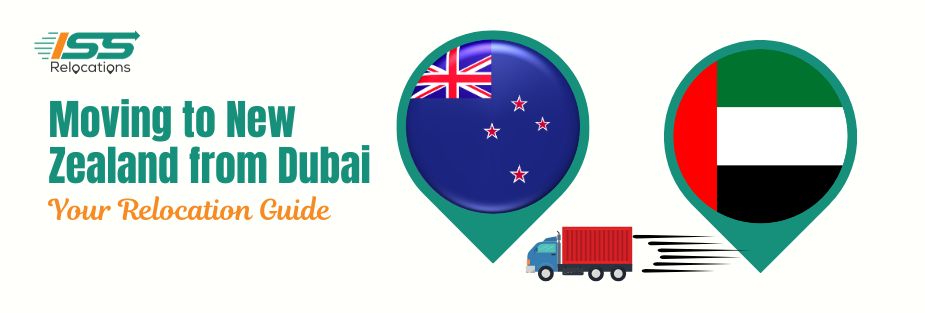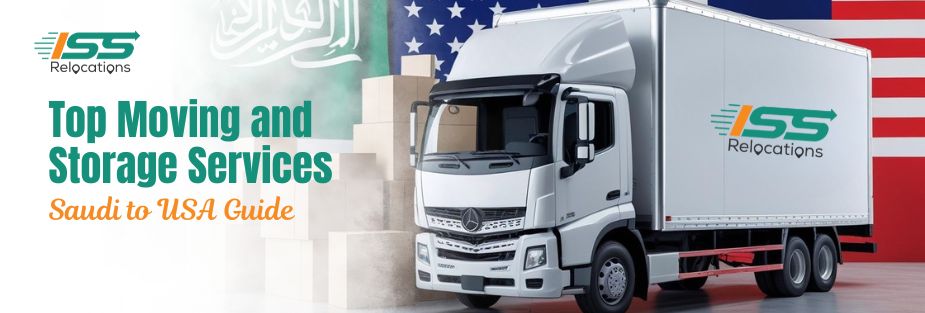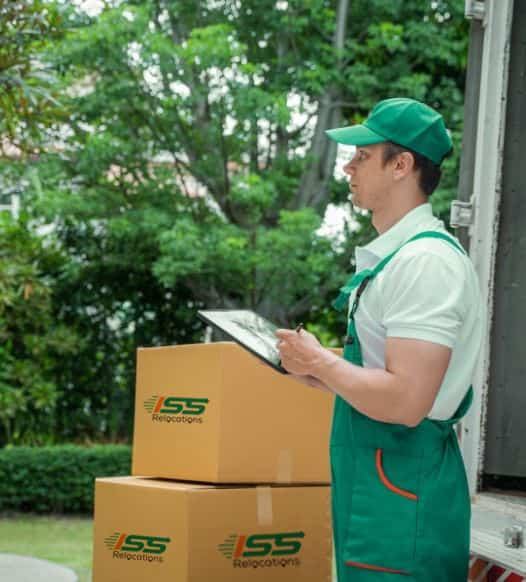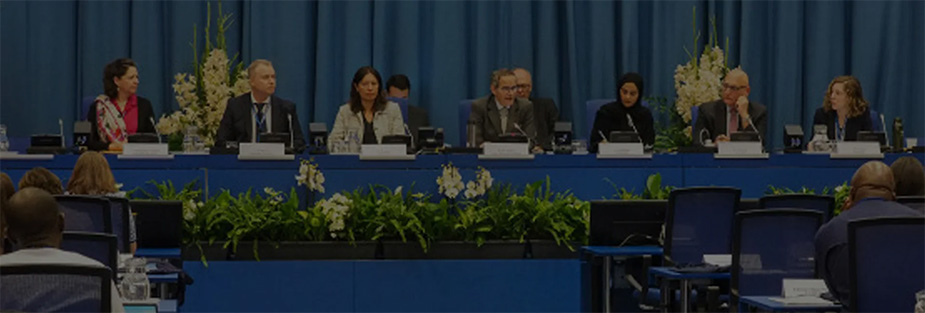
A 20-year celebration of safety improvements with IOSA
Hanoi, Vietnam – At the IATA World Safety and Operations Conference in Hanoi, Vietnam, the International Air Transport Association (IATA) marked the first 20 years of the IATA Operational Safety Audit (IOSA).
“IOSA has made a significant contribution to reducing redundant audits over the last two decades. In addition to IATA members, more than 100 non-IATA airlines are also participating, and we welcome them as well. While over 40 governments use or intend to use IOSA as part of their safety oversight programs, many others do not,” said Nick Careen, IATA’s Senior Vice President of Operations, Safety and Security.
There is a lower accident rate for airlines on the IOSA registry than those not on the registry, based on the safety data. All-accident rates for IOSA-registered airlines have averaged 1.40 per million sectors since 2005, compared with 3.49 per million sectors for non-IOSA airlines.IOSA registered carriers were four times better than non-registered carriers in 2022 (0.70 accidents per million sectors versus 2.82 accidents per million sectors).
IATA called for the following in IOSA’s third decade, reflecting airlines’ strong safety performance:
- To incorporate IOSA into their own safety regulatory oversight programs in recognition of IOSA’s significant contribution to safety.
- Join the IOSA registry if you are not already on it. The IOSA registry currently has 417 operators, 107 of whom are not IATA members.
Continual Improvement over the Years
In September 2003, Qatar Airways became the first airline audited and registered with IOSA. Since 2006, IOSA membership has been a requirement for IATA membership. In addition, it is a requirement to join the three global airline alliances and regional airline associations. There are numerous countries where regulators use it to enhance their safety regulatory oversight programs. Several airline codeshare arrangements use it as a primary means of verifying operational safety.
As part of the audit, an airline’s compliance with IOSA standards and recommended practices (ISARPs) is assessed. International Civil Aviation Organization (ICAO) standards and recommended practices form the basis for these regulations.
A number of aviation regulatory bodies, including the Civil Aviation Safety Authority of Australia (CASA), the European Aviation Safety Agency (EASA), the Federal Aviation Administration of the United States (FAA) and Transport Canada, contributed to the development of the IOSA.
IATA last year evolved IOSA into a risk-based model that targets high-risk areas and tailors audits to operator profiles. In the updated approach, airline safety-critical systems and programs are also assessed for maturity.
In the field of aviation safety auditing, IOSA is a globally recognized standard. By tailoring the audit activity to the operator’s profile and focusing on high-risk areas, we’re taking it to the next level. As IOSA evolves to deliver additional value to operators and industry, we hope additional airlines will recognize the value of this comprehensive safety program. “We strongly encourage more governments to make it a formal part of their safety oversight,” Careen said.
The IOSA in Numbers
- The IOSA registry lists 417 operators
- A total of 4,000 IOSA audits were conducted.
- IOSA has 922 standards in its Standards Manual (ISM).
- It is the 16th edition of the ISM.
- IOSA is regulated in 14 countries.
- About 27 regulators have signed MoUs with IATA to use IOSA
- The sharing of audit reports and questionnaires has prevented approximately 15,000 redundant audits
You May Also Like
- Airfreight is Becoming More Popular Among Large Ocean Shipping Lines
- Hurricane Ian has Resulted in the American Logistics Aid Network Being Activated
- AZANS will work with IATA to develop airspace strategy for Azerbaijan
Please contact the following for more information:
Communications for corporations
Call +41 22 770 2967
You can reach us at corpcomms@iata.org
Plan Stress-free Move with Top Moving Company in UAE - ISS Relocations

Moving Company - Recent Blog
Stay informed and prepared for your next move with our latest blogs on moving services in the UAE. From expert packing tips to international relocation guides, ISS Relocations brings you up-to-date insights to make your moving experience smoother, safer, and stress-free.
